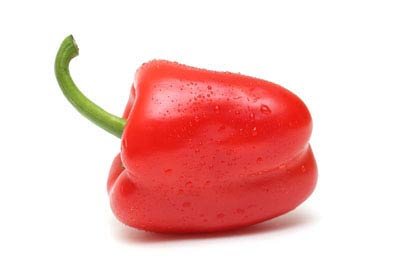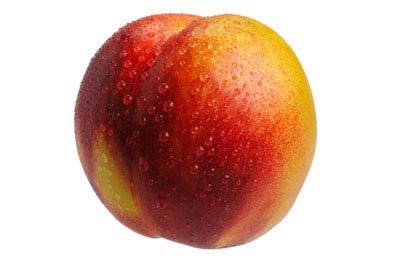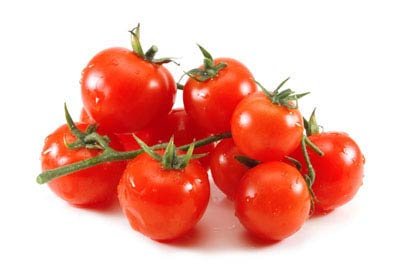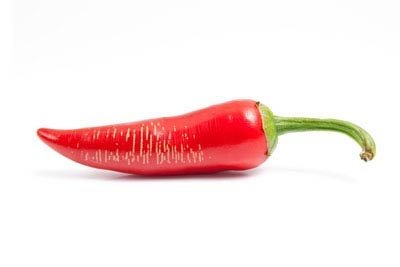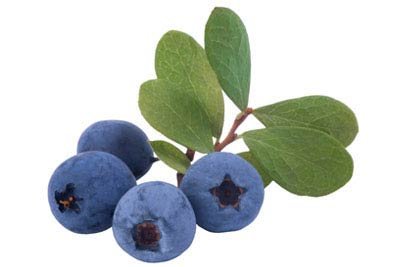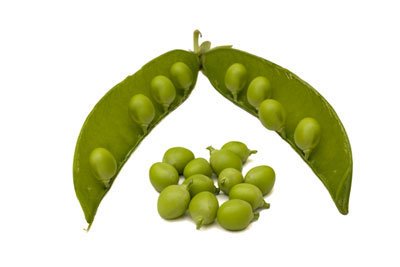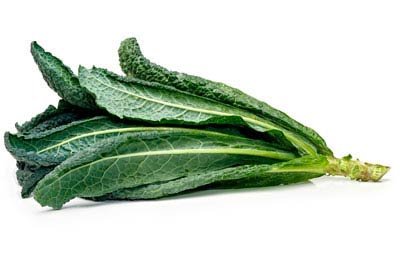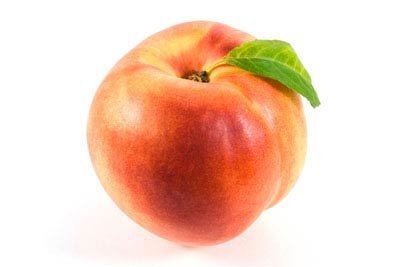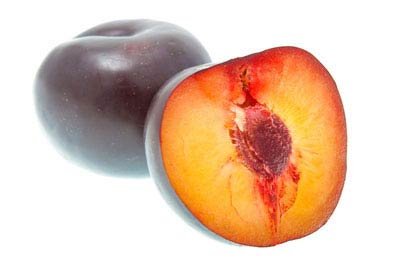If you’ve vowed to eat (or drink) more fruits and vegetables to improve your health, you’re making steps in the right direction–but do you know what’s really in your fruits and vegetables? Harvard University professor Dr. Alex Lu explains that pesticide contaminants are present in most of our bodies–and that they get there by way of what we eat–including fresh produce. The good news? His studies indicate that in kids, eating a diet of organic foods for just five days can help to flush contaminants out of the body, and lower pesticide levels.
Beyond learning what fruits and veggies foods are “safer” than others, understanding what organic foods are worth the extra cost can be a key way to eating better, and smarter. Enter the Environmental Working Group’s Dirty Dozen, a round up of which fruits and vegetables have the highest pesticide contamination levels. Though the list has existed for several years and can serve as a great guide to prioritizing what organic foods are cost-justified, it’s especially helpful this year, having been updated to include leafy vegetables, like the newly “trendy” kale, and various types of squash.
Here is EWG’s list of the 51 dirtiest foods based on pesticide contamination (#1 means the highest contamination). Read it not only for your own knowledge, but to guide you in determining what items you buy organic, either at an organic foods store or organic grocery store section, or from a local farm in your area that you know is organic. Remember that although farmers’ markets are a great way to support local agriculture and get kids interested and involved in identifying and selecting healthy foods–not all the products there are organic, or pesticide-free. Ask the farmers who sell their produce what type of farming practices they use before you assume anything, good or bad.






